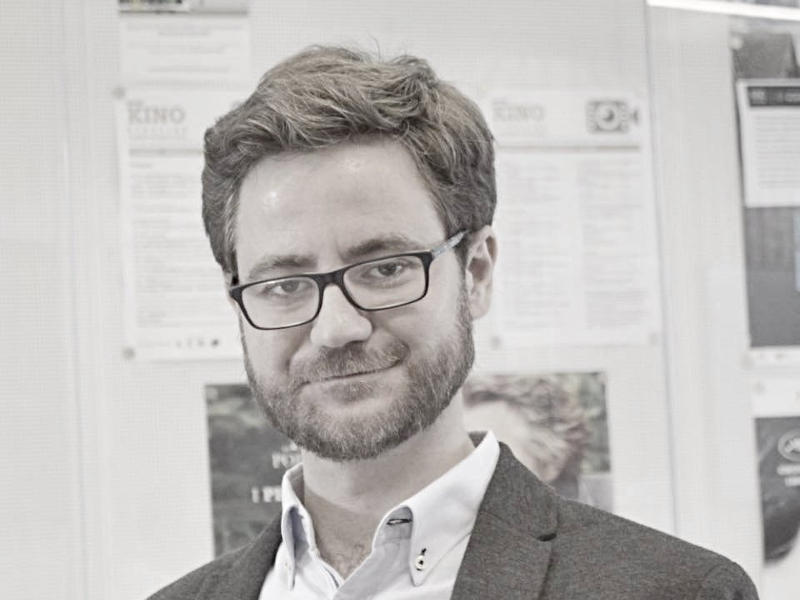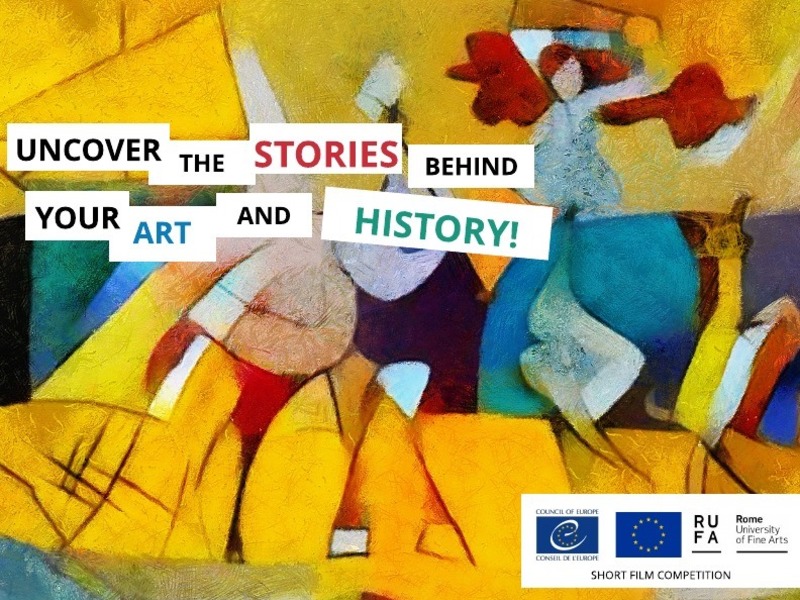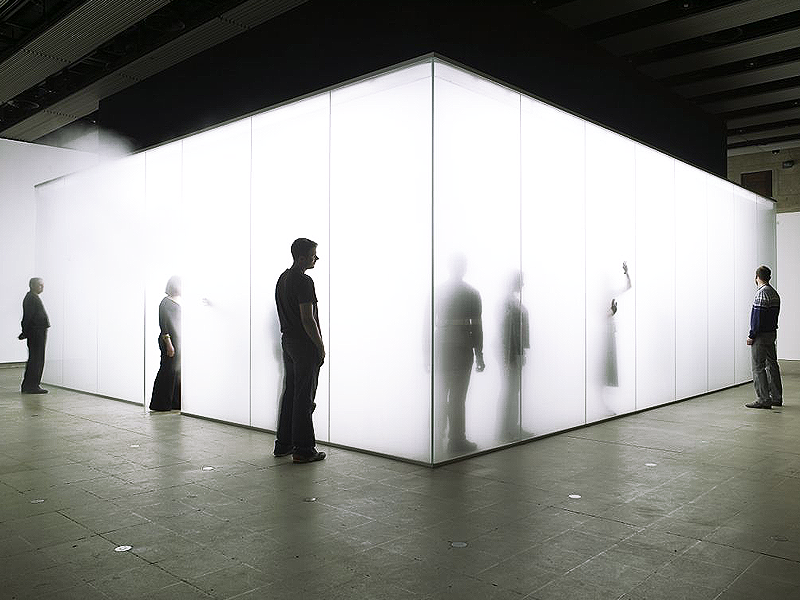
Ready, Steady: Lidia Varbanova on the Sustainable Development of Cultural Projects
— I know that you have worked as a consultant with many organisations in many countries. What are the most common problems that experts in cultural organisations come across around the world?
— In fact, it is difficult to generalise because each country, sometimes even each region, are set up differently and so the problems are obviously different too. Many cultural professionals talk about the lack of money and the funding problem. You come across this in Kyrgyzstan, Bulgaria and Ukraine. Everywhere. Another problem art managers come across in many countries are the difficulties associated with the use of new technologies. After all, art in the 21st century has very much been linked with the development of technology and the use of marketing techniques. There are now new creative and cultural products in the world from the field of culture and the arts that are not only sold online but can also be created online.
Another problem is knowledge of foreign languages. In many Eastern European countries, art managers have difficulties communicating with their peers abroad. People very often just know their local language, and this is a major barrier to the export of a cultural product.
It is also important to note that the arts are the development vector of a town or region, the means to promote the social life of a particular place. This trend is seen in many countries across the world and cultural managers and entrepreneurs must think about ways to associate the arts with other economic sectors and a town’s social life.
— You have visited Ukraine on several occasions. You have coached in Lviv, Odessa and Kyiv in the past. Did you get the impression about the specific nature of the Ukrainian cultural market?
— I got the impression that there were many talented people who want to develop interesting projects and who think in a creative and innovative way. I was able to see this from our Eastern Partnership workshop, “Crossovers and Fundraisings”. I also had other projects in Ukraine outside the Eastern Partnership, and I was left with positive impressions. Participants have many fresh ideas! I also have a feeling that Ukrainian cultural operators and artists really want to communicate with other countries around the world. And this is possible, just like taking the cultural market beyond the borders of the country is possible.
The culture sector has to give some thought to linking cultural initiatives with projects from other sectors, such as education, healthcare, social work, environment, business, technology, and even science. This was also one of the topics of our workshop. We tried to see how to implement such relations and partnership projects. A cultural professional can collaborate with any sector.
In addition, I also got the impression that independent cultural professionals, who work with independent projects – although they have more difficulties – are arguably happier than those working in state agencies, which are more bureaucratic, often making it difficult to promote and implement ideas there. So, it seems to me that there’s a good potential trend for those people who work in the public sector, business sector and in culture to develop various forms of partnership.
— You have consulted the Soros Foundation in Tajikistan on developing a Master’s programme on cultural management. You also have considerable university teaching experience in Canada. Can you tell us a little about this experience and the features of professional education. Perhaps there are certain subjects, practices, interactive methods that should be introduced to the university programme to make it more effective?
— There are different programmes at different levels. Some are at economics universities, others at arts universities, others still in theatre academies. For example, in Bulgaria, there are many programmes, and I teach in one of them every year, that’s Management of Stage Arts at the National Academy for Theatre and Film Arts.
There are two large networks that promote education in cultural management: the European Network of Cultural Policy and Management Training ENCATC and American Association of Arts Administration Educators AAAE. When a new programme on cultural management is developed, it is not only important to obtain a certain education, but also the ability of people with such an education to work in a particular field, to apply their knowledge in practice and be happy with the results.It was a very interesting partnership in Tajikistan because the project lasted two years, and it was based on cooperation between four very famous universities in the country. It was them that implemented this project, whose launch was funded by the Soros Foundation in Tajikistan. The idea was to train local staff, local professors and practitioners. As a result, we created a Master’s programme on art management and the Resource Centre for Arts Management in Dushanbe. So, there are quite a number of opportunities and options for developing a new programme.
— What are some of the features of intrapreneurship in cultural organisations that you can name?
— Intrapreneurship is intrapreneurship inside, within the framework of the organisation. That is why we call these people intrapreneurs, since they work as part of the organisation, and not just individually as entrepreneurs. This is much more difficult, because every single project that an intrapreneur is working on requires the proper authorisation, the approval of senior management, such as the director, manager, board of directors or committee that is running the organisation. This is not easy and it is one of the problems that exist. The other one is copyright, because when an idea is conceived and developed inside an organisation, the organisation holds the rights associated with its implementation…
There are factors that must be taken into account when creating an internal intrapreneurship climate within an organisation, and my book, International Entrepreneurship in the Arts, which was recently published by Routledge, touches on this issue. You have to create and maintain a certain entrepreneurial climate inside the organisation so that they become increasingly innovative.
— How best is it to present your cultural organisation in a different country? What would you need to bear in mind?
— It is difficult to give a short answer to this. Again, it all depends on the specifics, on the type of art that the organisation specialises in, its goals, its motivation, the legislation applicable in the country on the formation of commercial companies and the arts, the overall system in the country for the support of entrepreneurs in the arts. That is why, I can only recommend reading my book. It includes many interesting cases and examples from many countries around world. I have interviewed different entrepreneurs who shared their experience and offered advice on how to go successfully beyond the boundaries of a country. I expect readers to discuss, criticise, offer new ideas, ways and strategies for the development of the arts internationally.
— What can you say about monetisation and budgeting models inside cultural organisations?
— The most important thing is transforming a creative idea into a business plan and model, without it losing its value as art, the effect it has on the consumer, the audience. When working on a business plan, you must consider, on the one hand, the most optimistic forecasts and indicators and, on the other, the most pessimistic, as you always must consider the risks and threats. The business plan is developed somewhere between these two extremes. You also need to draw up detailed, concrete strategies and monitor trends in society to make use of them.
There is a stereotype that when art becomes business its quality drops. But there are numerous examples that show this is not the case. Art can make money while maintaining its high standards.
I would also like to remind you that cultural policy is very important for the development of entrepreneurship in the cultural industries. The development of the arts based on the market principle does not mean the end of state support. On the contrary, economic and financial mechanisms are necessary to boost forms of entrepreneurship and, at the same time, maintain and strengthen those cultural projects and organisations that cannot make it because their mechanism of activity is set up differently.
— Does the new digital era bring more threats or ever more opportunities?
— Both. I don’t think that there are more threats than opportunities, or the opposite. It all depends on the entrepreneurs themselves. Technologies and the Internet can and should be used because they are very important nowadays. They can be used to create, promote and distribute cultural and creative products. Technologies help to engage an ever-growing number of people in the cultural process, beyond any local limitations.
From another point of view, one should be careful and cautious with regard to technologies and the development of online opportunities. Sometimes, technology kills live art, inhibits talent and has a negative effect on an audience.
We are launching a new online workshop with the University of British Columbia in February 2017. Part of the discussion will be cultural organisations in the digital medium… Cultural operators in the 21st century have many opportunities. And that’s great!
The article was drawn up in cooperation with the EU-Eastern Partnership Culture and Creativity http://culturepartnership.platfor.ma/lidiya-varbanova/




